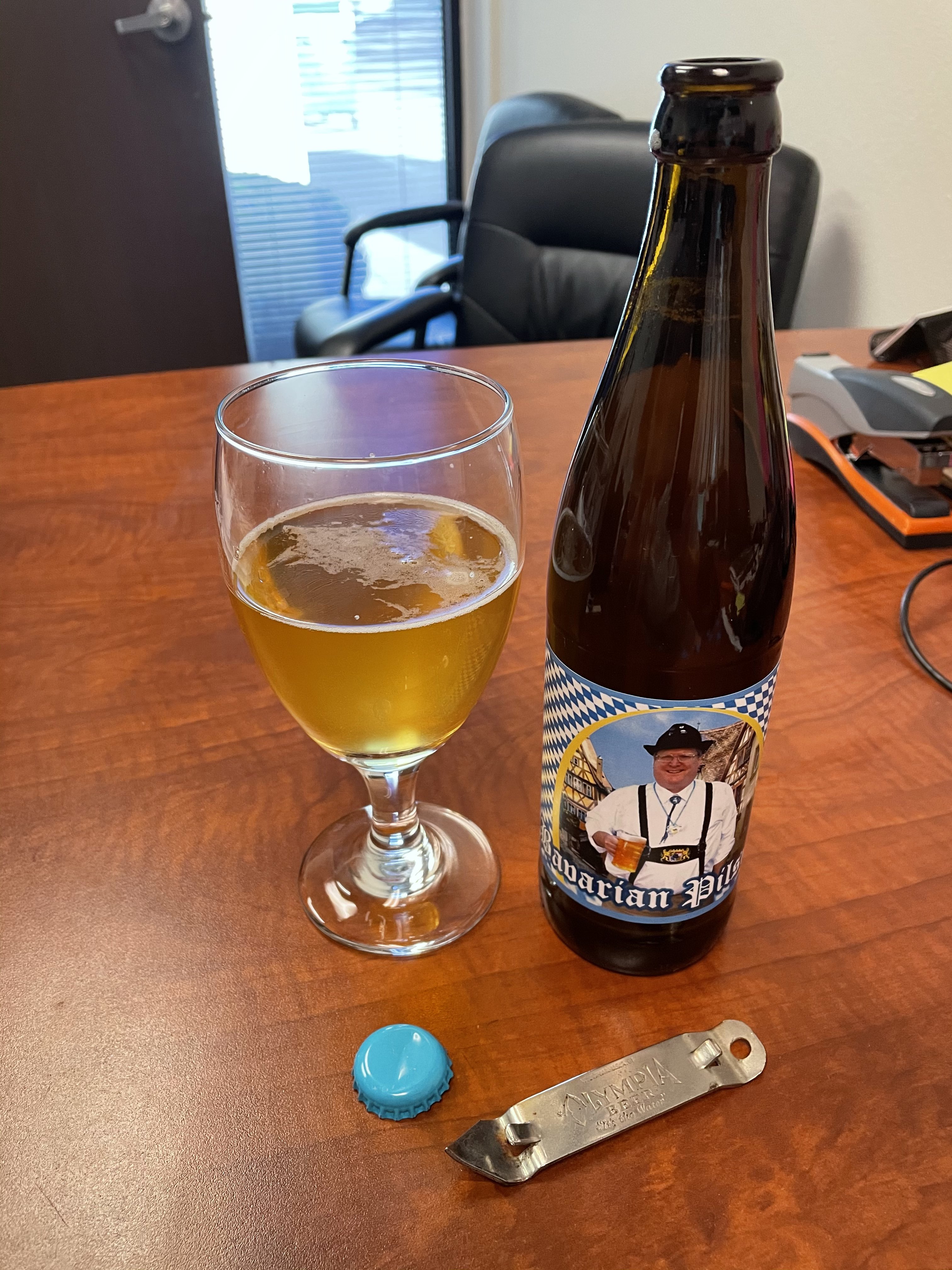- Joined
- Jul 16, 2020
- Messages
- 109
- Reaction score
- 56
All grain after 60 minutes of boiling and cooling and my pale ale looks nice and clear. Solids have settled to the bottom and since I use a fine mesh hop bag I get very little hop residue in there. I've read to just drain everything into the fermentor including this at the bottom of the kettle. I know it will settle out there with the dead yeast as it has done in the past.
So, should I add it or not? It was about a gallon left when the siphon had finished with the clear stuff.
Beer mentioned above is a pale ale I made 3 days ago. 50/50 Pale Ale Malt and Vienna. I only used 3/4 oz magnum for bittering and will dry hop for the flavors.
So, should I add it or not? It was about a gallon left when the siphon had finished with the clear stuff.
Beer mentioned above is a pale ale I made 3 days ago. 50/50 Pale Ale Malt and Vienna. I only used 3/4 oz magnum for bittering and will dry hop for the flavors.




